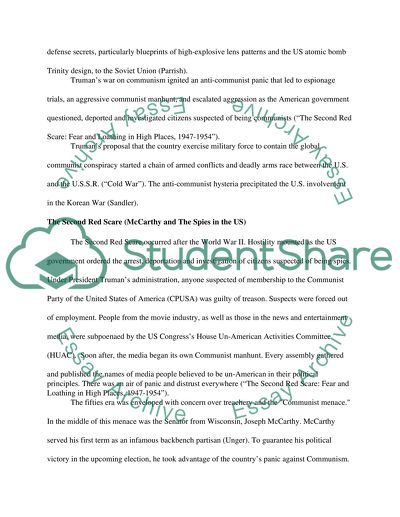The cold war Essay Example | Topics and Well Written Essays - 500 words. Retrieved from https://studentshare.org/history/1618204-the-cold-war
The Cold War Essay Example | Topics and Well Written Essays - 500 Words. https://studentshare.org/history/1618204-the-cold-war.


